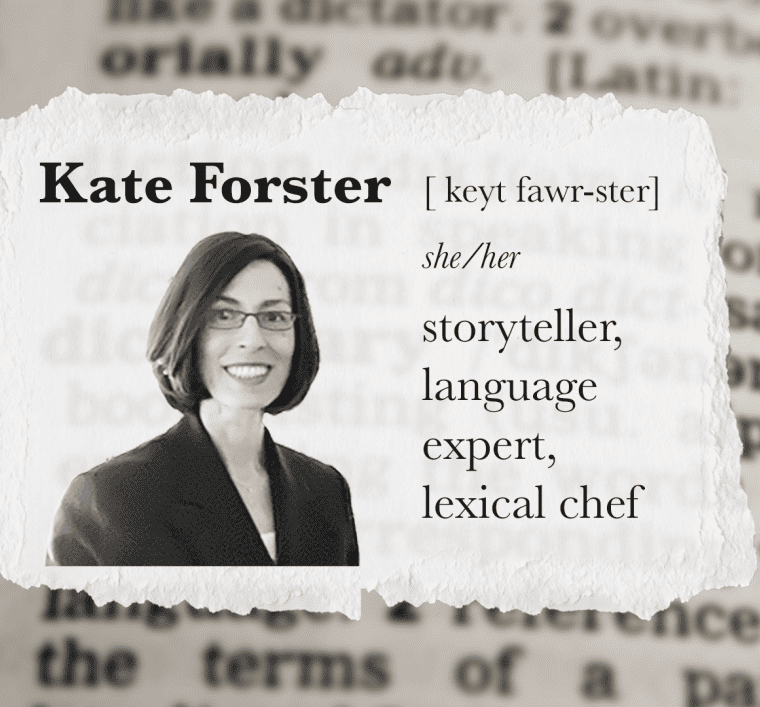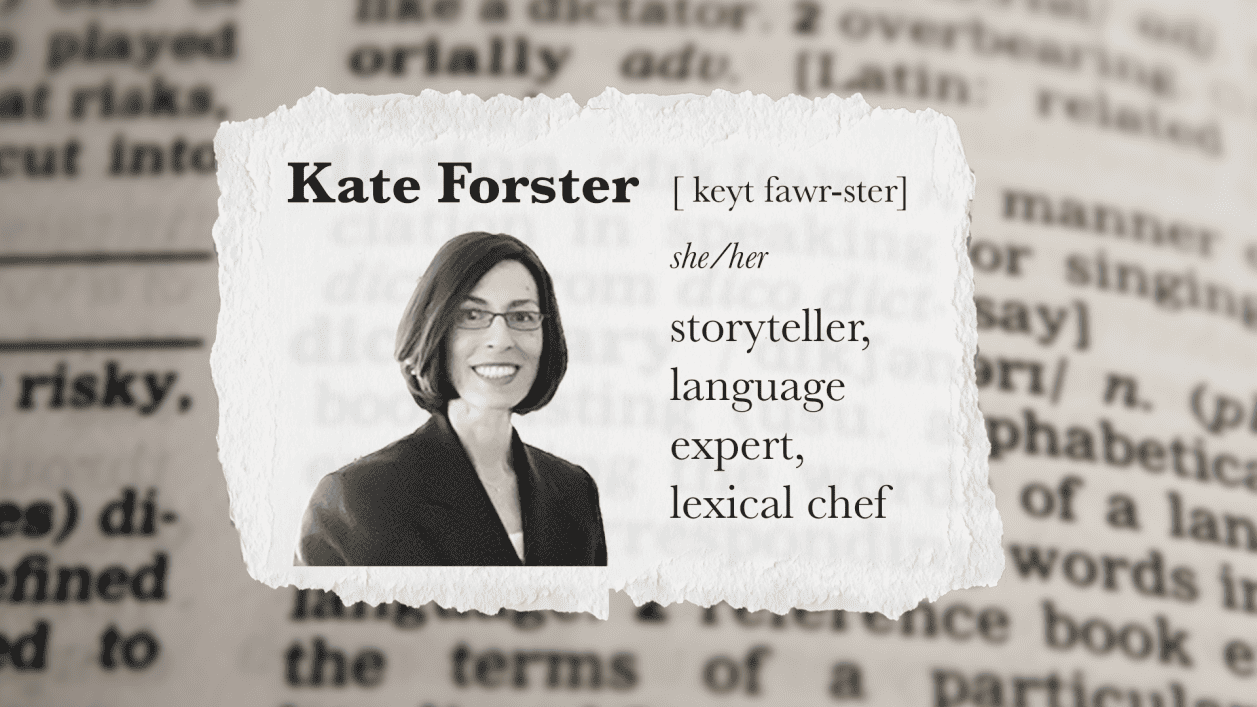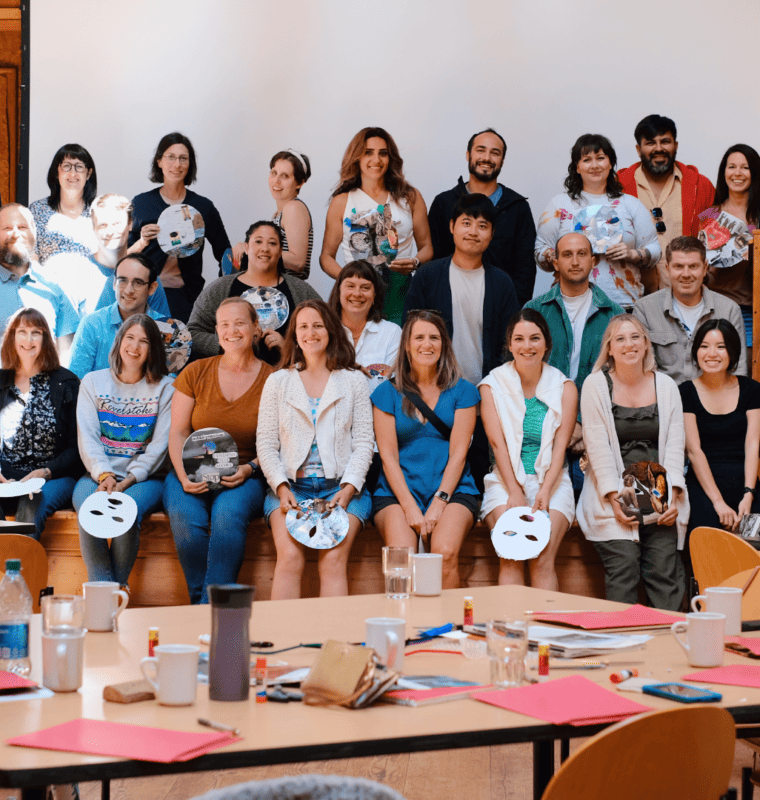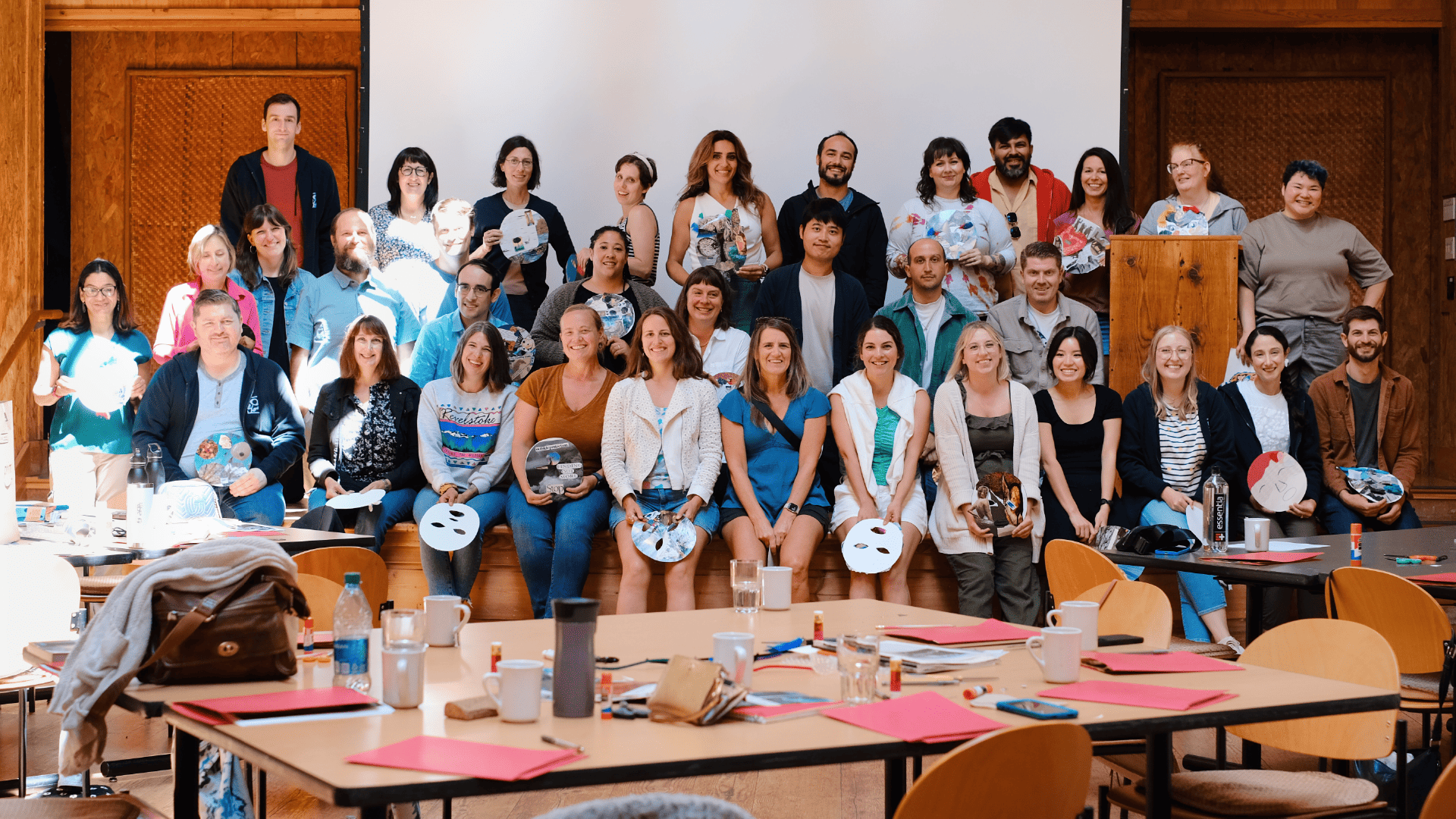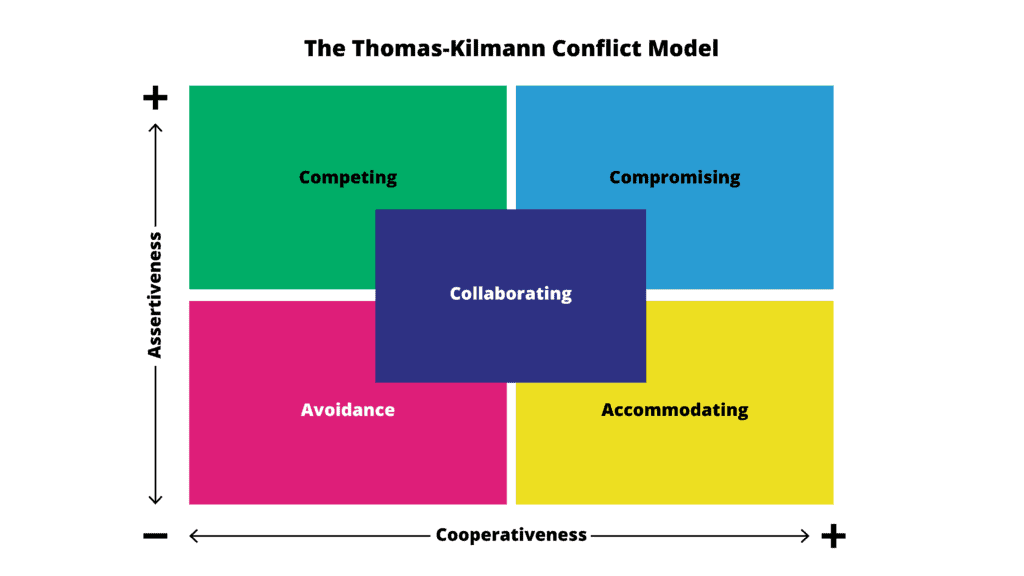
Image by Evan Aeschlimann
New stuff
- Oooooh Mesh for Teams in public preview! You’ll need a Teams Premium account to create your Metaverse. It is very meta—we roleplay at work already, so now we will roleplay our roleplay. Whatever it takes to bring bongos to an earnings call.
- And the new Azure Update Manager, a SaaS solution for managing software updates on Windows and Linux machines across Azure, is now generally available.
- AWS launched EC2 R7iz instances, which offer a high CPU performance for intense workloads (do these workloads look like Kristen Stewart in every Twilight movie?). Nah, think simulations and electronic design. It also launched AWS Private CA Connector for Active Directory, which lets customers…do something more complicated than I care to explain here.
- Who cares about the ousted Speaker of the House when there’s a new AWS Competency in town?? AWS Partners can now earn a Telecommunications Competency, which includes key areas like communications as a service (CaaS) and business support systems (BSS).
- Telecom is so hot right now, says AWS, because the industry is “eagerly embracing” generative AI through an identified 17 use cases.
- Amazon Bedrock, which is not the jungle version of the Flintstone’s world but instead a solution that plays a major role in the AWS AI strategy, is now generally available—along with a few other AI innovations.
- Dell has launched APEX Cloud Platform for Microsoft Azure, making them the first MSFT partner in the cloud provider’s Premier Solutions for Azure Stack HCI category.
- Are you a gigantic company? Do you want Microsoft 365 Copilot to supplement your core productivity apps? Congrats, it’s here for you.
- Microsoft has unloaded some new generative AI tools for the advertising industry.
Wheelin’ and dealin’
- IT solutions giant Infosys is partnering with Microsoft to meld their AI capabilities as a way to “lead the generative AI revolution.” Thanks for the specifics, I can’t wait to see the results of whatever you didn’t say you’re doing.
- Build Your Own Lake (BYOL) is a new part of the expanded partnership between AWS and Salesforce. It lets customers infuse AWS AI-centered services like Amazon SageMaker through Salesforce’s Einstein Trust Layer and unify Salesforce Data Cloud with AWS data-centric services like Amazon Redshift.
- AWS and Cloudera signed an agreement that allows the Cloudera Cloud Platform to integrate directly with AWS services. Cloudera will also build all its generative AI stuff on AWS.
- And then (a lil’ late to the party) Oracle says it wants to form multi-cloud agreements with Salesforce, AWS, Workday, and every other major cloud app. This article has some pretty interesting takes from Larry Ellison.
- The biggest AWS news to grace our media-overloaded brains is Amazon’s $4B investment in Anthropic AI, an AI safety and research company. In exchange, AWS gets partial ownership and will be Anthropic’s primary cloud provider. Anthropic will also use Amazon’s AI chips. Cute!
- Of related interest is this Q&A with Diya Wynn, the responsible AI lead at AWS.
- There’s a healthcare system called Mercy. Literally that’s the whole name. And they’re partnering with Microsoft to use AI to “lighten the load” on healthcare employees. The two are exploring more than four dozen mercy-packed uses of AI to transform care experiences for patients and employees. If I were in charge of marketing, the slogan would be “Have Mercy” and the logo would be Uncle Jesse’s face.
- And Accenture is helping New York’s Mount Sinai Health System move to Azure.
- Oracle is expanding its deal with Microsoft and will co-locate Oracle’s Exadata database-optimized server and Real Application Clusters in Microsoft Azure data centers. Why does Oracle remind me of the roommate who said no to takeout but then when yours arrives they want to know if you’ll split it with them?
- Sports gaming company FanDuel is further moving its operations to AWS to “support…millions of simultaneous players as they place bets…” If that’s not critical societal innovation, I don’t know what is.
- Application software security platform Contrast Security now integrates with AWS Security Hub. This will allow customers to address security concerns before their apps are deployed. So I guess Microsoft won’t be using it.
- Mission Cloud, a managed cloud services provider and AWS Premier Tier Partner (they get a free drink in first class), signed a collab with AWS to develop the consulting firm’s data, analytics, ML, and generative AI solutions on AWS.
- Cloud-based remote monitoring and management company Atera has launched a new AI-powered IT suite with Microsoft Azure Open AI.
- Every day is Earth Day for KPMG and Microsoft, who will jointly release a new educational platform on environmental, social, and corporate governance (ESG).
- Cloud connectivity company Cloudflare is collaborating with Microsoft to make it easier for companies to run AI in the location of their choice. I don’t mean, like, the snack kitchen. I mean like on networks and stuff.
- In finance, Finastra announced it would modernize its trade platform using a microservices architecture on Azure.
World domination
- British banking and insurance company NatWest group is partnering with AWS to accelerate the use of generative AI. The two will co-create responsible AI products using Amazon Bedrock as part of NatWest’s new AWS Generative AI Innovation Center.
- I swear to god the EU is just going down the list of Microsoft products one by one—they are now scrutinizing the Teams Video app. Did an American Microsoft person cut their spaghetti with a knife or something? Try to speak French in France? Say they were vegetarian in Greece? Show up 10 seconds late for a meeting in Germany? Geez…
- On the topic of Germany: Deutsche Telekom unveiled the commercial availability of a full-stack private 5G network service that rides on Azure’s private multi-access edge compute (MEC) platform.
- Two companies from the two biggest oil producers in the world are screaming “sustainability now!” so it must be legit. Saudi Arabian business Abdul Latif Jameel has selected AWS as its preferred cloud provider and in turn will provide AWS with clean energy capacity via solar in Spain.
- Also, Amazon got permission to plan three new data centers in north Dublin to which a group called Friends of the Earth, Not Here Not Anywhere said the projects would increase the country’s emissions. The government was like no, you’re wrong. And then the resistance group was like, no, we’re actually right because we did the math, we got receipts. And then the government was like, that’s nice we like money, byyyyeeee.
Gossip (for nerds)
- Jeff Bezos is still worth more than OpenAI. But we’ll see how long that lasts now that OpenAI is launching ChatGPT Enterprise, which offers enterprise-grade privacy and security, advanced data analysis, and a longer context window. Some of the money will pay for lawsuits, which may be straining the relationship between Microsoft and OpenAI.
- AI uses a lot of water and energy, and there is only so much to go around (unless you’re Coca Cola in which case they’ll just let your crops die because you know what helps distract from hunger? A nice cold coke). For this reason, Microsoft is considering nuclear energy.
Ma’am, I’m going to have to call security
- A Chinese hacker stole 60,000 emails from 10 U.S. State Department accounts thanks to a flaw that let the hacker improperly use an Azure Active Directory key. And then another flaw led the key to not even be detected. So, in short, we’re doing real good.
- This is a Microsoft news update so we all know there was going to be more than one security problem. And maybe if they didn’t force people into the new Teams I’d be nicer about it, but what’s done is done. Microsoft AI researcher exposed terabytes of sensitive data on GitHub; the data included two of Microsoft employees’ entire workstations.
- On the plus side, GitHub Advanced Security for Azure DevOps is now generally available LMAAAOOOOOO.
Best Friends Forever
- MSFT:
- AWS:
- Arduino, an open-source electronic prototyping platform—otherwise known as the kit my husband bought two years ago and still hasn’t touched but insists he will—has joined the AWS Partner Network to assist customers in industrial and commercial sectors deliver enterprise-grade Arduino products. Arduino Cloud has run on AWS infrastructure for the last three years.
- SequenceShift earned AWS Travel and Hospitality Competency and TCS achieved AWS Automotive Competency.
- New to AWS Marketplace: Veriff, a global identity verification provider; Contentful’s Composable Content Platform; Bright Security’s Dynamic Application Security Testing (DAST) scanner; MixMode’s Cloud Detection and Response (CDR) for AWS; and IRONSCALES (they don’t have to yell!), a cloud email security solution.
- Tray.io, which offers a platform for generating money-making AI content, is now an AWS APN member. Its platform is also available in AWS Marketplace.
- Ripcord, which offers a document intelligence as a service (DIaaS) platform, has joined the AWS ISV Accelerate program.
Miscellany
- You have until 2025 to say your goodbyes to Azure Database MariaDB.
- AWS has selected 13 tech startups to be part of its first GovTech accelerator, which will provide cloud support for businesses focused on criminal justice and public safety. Prisoners will be able to see which color uniforms best compliment their skin tones using an AI-powered filter.







